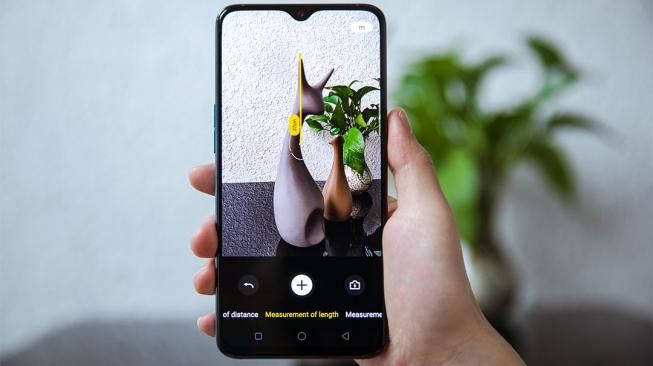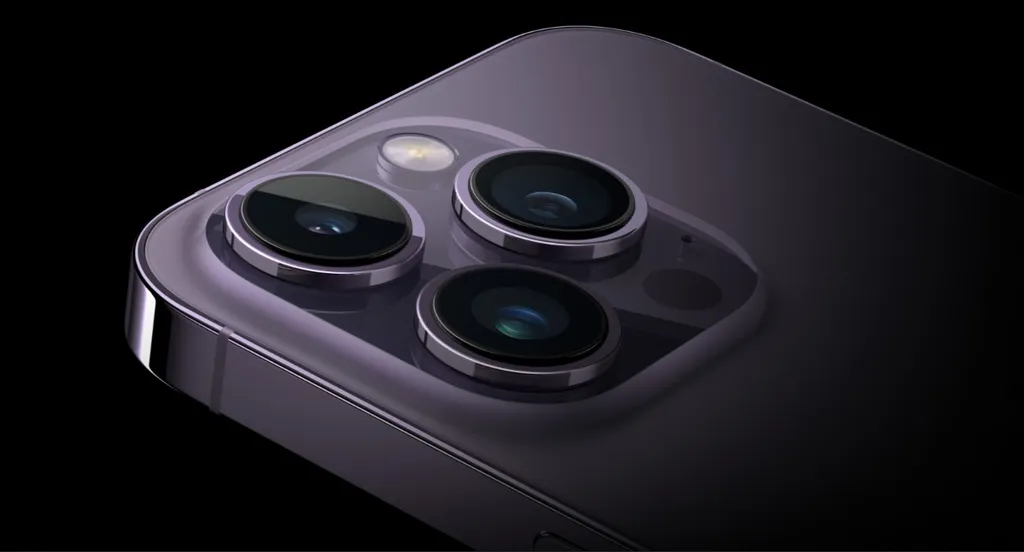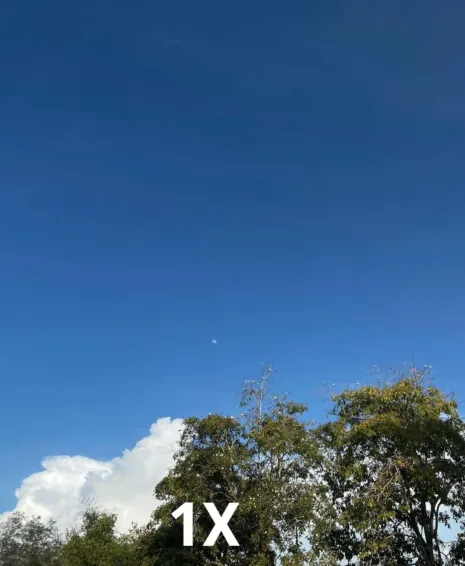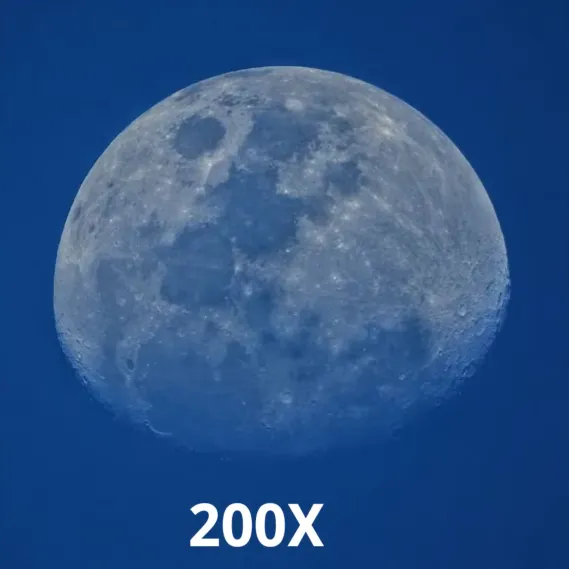9 Types of Camera Lenses Used in Smartphones
Initially, smartphones featured only a single camera. However, as technology advanced, manufacturers began offering devices equipped with configurations of two to five cameras, with the possibility of even more in the future.
Smartphones with multiple cameras have become a unique selling point because each camera serves a distinct purpose, catering to different photography needs.
With so many cameras available, you might find it challenging to differentiate between them. At first glance, the most noticeable distinction might be the size of the camera sensor. However, each type of camera offers unique functions that set it apart.
To help you better understand the variety of cameras commonly found on smartphones, here’s a breakdown of the most popular types:
1. Wide Camera

Before the advent of dual-camera setups, the term "wide camera" wasn’t commonly mentioned in smartphone specifications. It wasn’t until multi-camera systems gained popularity that the term "wide" was introduced to differentiate it from the "ultra-wide" lens.
The wide camera is typically the primary camera located on the back of the device. It is designed to perform well in a wide range of lighting conditions, from bright daylight to low-light environments.
Also known as the main camera, the wide lens often boasts superior capabilities compared to other lenses. This is because it can capture more light, resulting in greater detail in photos.
Manufacturers usually focus on enhancing the wide camera by equipping it with advanced features like autofocus, pixel binning, optical image stabilization (OIS), and more.
2. Ultra-Wide Camera

An ultra-wide camera is designed to provide a significantly wider angle of view compared to the main camera. It serves as a solution to the limitations of the narrower field of view offered by standard wide-angle lenses. Generally, ultra-wide cameras have smaller sensor sizes than main cameras.
The field of view (FOV) of an ultra-wide camera is much broader than that of a regular wide-angle camera. While most wide-angle cameras offer an FOV of around 80 degrees, ultra-wide cameras can deliver an FOV of up to 120 degrees or more. This makes them ideal for capturing expansive scenes like landscapes or group photos.
For example, the photo above illustrates how ultra-wide cameras capture a much wider perspective. However, the performance of ultra-wide cameras can vary significantly between different smartphones.
Higher-quality ultra-wide cameras are engineered to reduce distortion, resulting in more natural-looking photos. In contrast, early models or lower-quality ultra-wide cameras often produce images with noticeable distortion at the edges.
Typically, ultra-wide cameras are positioned on the rear of the phone, alongside other lenses. However, some smartphones also include ultra-wide cameras on the front, located next to the main selfie camera.
This allows users to take "wefies" (group selfies) with a better field of view, accommodating more people or background scenery in the frame.
3. Telephoto Camera

A telephoto camera features a lens with a longer focal length than the main camera, enabling it to capture distant objects with greater clarity. Its functionality mirrors that of telephoto lenses used in DSLR cameras, which is why it’s referred to as a "telephoto" lens.
In DSLR cameras, telephoto lenses use optical zoom to magnify subjects without sacrificing detail or sharpness. While this exact mechanism cannot be fully replicated in smartphone cameras, many devices incorporate technology known as optical zoom.
This allows for zooming in on a subject while maintaining high image quality, often referred to as "lossless zoom." Conversely, "hybrid zoom" or "digital zoom" results in some loss of detail, often producing images that appear less sharp.
For instance, the photo above demonstrates the capabilities of a telephoto lens with 4x optical zoom. Unlike standard digital zoom, which often leads to blurry or unclear images, the telephoto lens preserves image details.
Another photo example shows the result of 5x optical zoom, where details remain sharp and the photo retains clarity, highlighting the telephoto lens’s superior performance.
Some smartphones are equipped with telephoto lenses offering optical zoom capabilities exceeding 5x, allowing users to capture distant subjects with exceptional precision and detail.
4. Depth Sensor Camera

The depth sensor camera is a common secondary lens paired with the main camera, especially during the rise of dual-camera setups. These cameras typically have a resolution of 2 MP or 5 MP.
The main function of a depth sensor is to create a depth-of-field effect, commonly known as the bokeh effect. This allows the subject of a photo to remain in sharp focus while the background is artistically blurred, as shown in the example image above. Due to its role, this camera is often referred to as a "depth sensor."
Depth sensor cameras aren’t limited to the rear of the device. Some smartphones feature dual front cameras, combining a standard lens with a depth sensor. This setup enables users to take selfies with a bokeh effect, enhancing the subject's prominence in the frame.
However, as smartphone technology has evolved, depth sensor cameras have become less essential. Many devices now achieve the bokeh effect using advanced software algorithms, making the hardware sensor less relevant.
5. Monochrome Camera

A monochrome camera is a specialized sensor designed to capture black-and-white images. It usually works in conjunction with the main RGB camera.
The purpose of the monochrome sensor is to enhance the ability to measure and interpret light intensity, determining how dark or bright the scene appears.
By focusing solely on capturing light without filtering for color, the monochrome camera can produce images with excellent detail and contrast, even in black and white.
This technology ensures that photos have rich textures and depth, making it especially useful for certain artistic photography styles.
Interestingly, monochrome cameras can also function independently, allowing users to take purely black-and-white photos without relying on the main RGB sensor. The example photo demonstrates the unique aesthetic achieved with a monochrome camera.
Over time, however, monochrome cameras have become less common in the smartphone industry. Only a few devices still include this feature, as advancements in software and hardware integration have reduced the need for dedicated black-and-white sensors.
6. Time of Flight (ToF) Camera

The ToF camera, also known as a 3D ToF, stands for Time of Flight. It is a camera technology primarily utilized for measuring distances, dimensions, areas, and angles.
This technology facilitates the creation of 3D cameras and is celebrated for its affordability and minimal processing requirements. A ToF sensor can record at speeds up to 160 frames per second (fps).
Applications of ToF are diverse, ranging from augmented reality (AR) for object avoidance and gesture recognition to distance measurement and object tracking.
Additionally, ToF sensors can enhance portrait photography by creating a bokeh effect and substituting for depth sensors. They also play a crucial role in gathering data that aids in determining the focal point, as well as adjusting lighting and color in photo processing.
Given its versatile functions, the ToF sensor is deemed a futuristic technology. It is increasingly incorporated into various devices, including high-end smartphones from brands like Huawei and Honor.
7. TOF 3D LiDAR Scanner

The 3D LiDAR scanner, brought into the limelight by Apple with its iPhone 12 series and subsequent models, operates by reflecting lasers off objects.
LiDAR, an acronym for Light Detection and Ranging, determines distances by measuring the time it takes for light to bounce back to the sensor. Notably, it can also measure a person's height.
8. Periscope
Contrary to what the name might suggest, a periscope camera is not a distinct type of lens but a technique used within a telephoto lens on smartphones. Essentially, it enhances the capabilities of telephoto lens photography.
For instance, a YouTube channel named Techy Artist has showcased the remarkable ability of a smartphone to capture detailed images of the moon.
 Source: YouTube/Techy Artist
Source: YouTube/Techy Artist Source: YouTube/Techy Artist
Source: YouTube/Techy Artist Source: YouTube/Techy Artist
Source: YouTube/Techy ArtistImpressively, some of the photographs even reveal the flag on the moon’s surface, illustrating the advanced potential of this technology.
9. Macro Camera

The macro mode is a common feature in smartphone camera apps, mainly used for taking close-up photos, known as macro photography. This mode allows you to take detailed pictures of objects from very close distances.
As technology has advanced, macro cameras have also started to support video recording. However, their popularity is decreasing, especially among high-end smartphones. This is because the functions of macro photography can now be handled by the main or ultra-wide cameras, which come equipped with autofocus capabilities.
Today, macro cameras are less important on premium phones and are more often found on more affordable models.
This explanation about smartphone cameras is provided to help you understand camera specifications more easily, making it simpler for you to choose the right phone for your needs.
